Frequent Asked Questions
Parent questions answered by the Phuket Rainbow Montessori Team
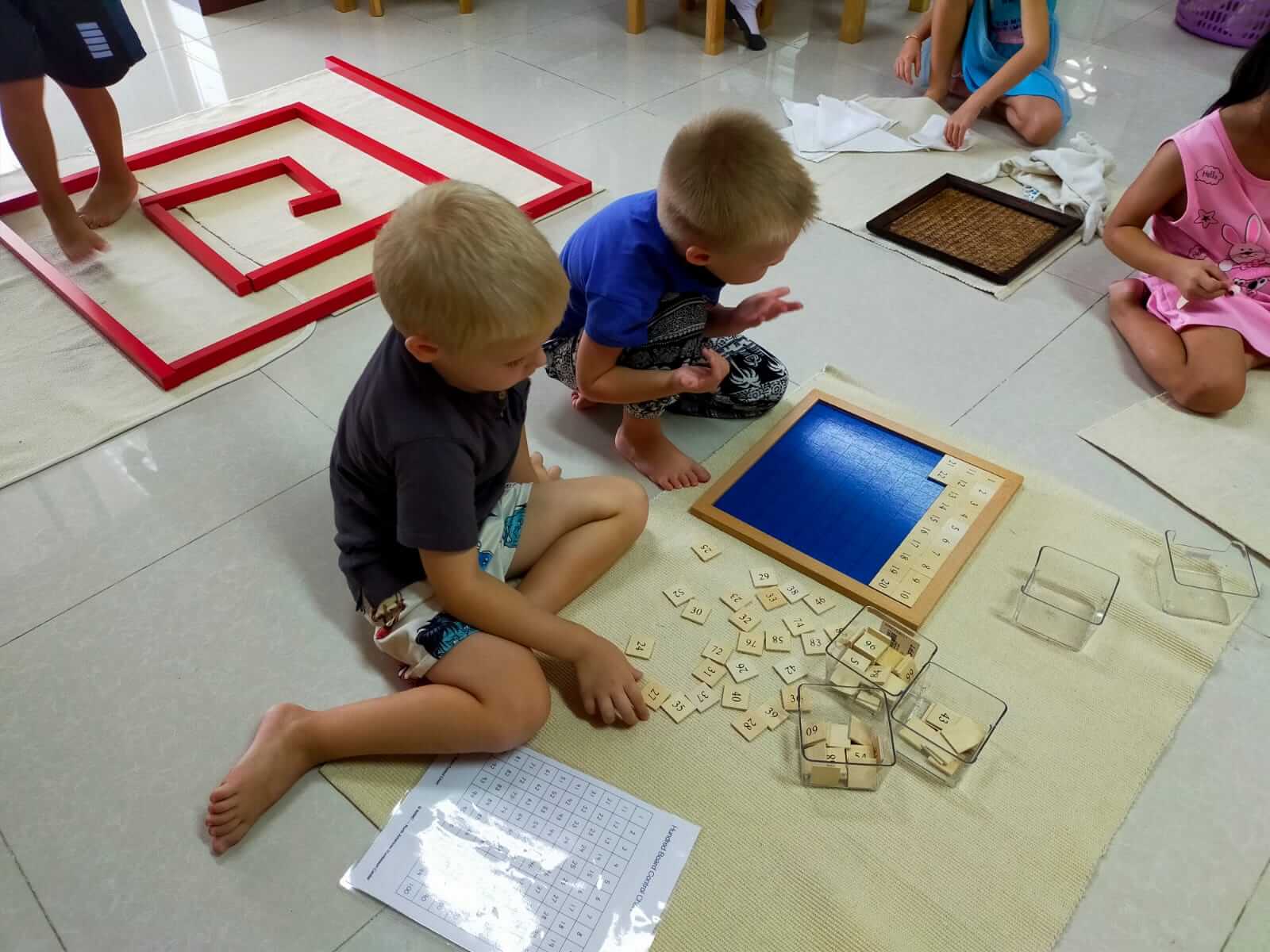
What is Montessori pedagogy?
Montessori pedagogy is an educational concept developed by Maria Montessori from 1907, which includes the development space from small children to young adults. It is based on the image of the child as the “master builder of himself” and therefore uses the form of free work. There is no ready-made plan. The observation of the child by the educators means that each child is offered the right materials and activities for the respective development step at the right time in order to optimally support the development process. The basic idea of Montessori pedagogy is: “Help me to do it myself. Help me to think it myself. Help me to be myself.” Read more …
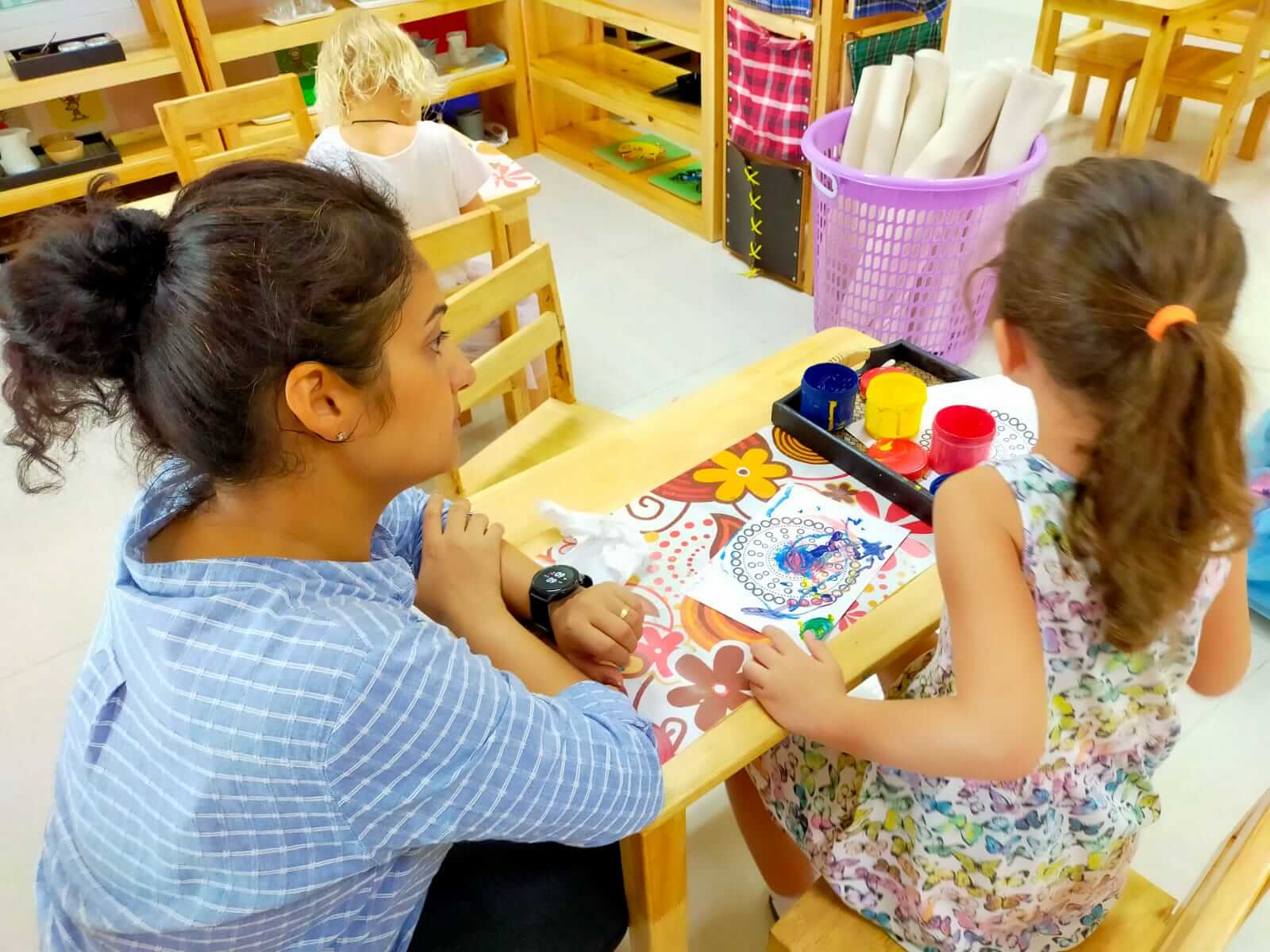
Who is Montessori Education for?
Montessori pedagogy is aimed at all children and parents for whom it is important that their child is individually encouraged and challenged in the learning process at their own pace. It is for parents who want their child to be accompanied by attentive and committed teachers. Read more …
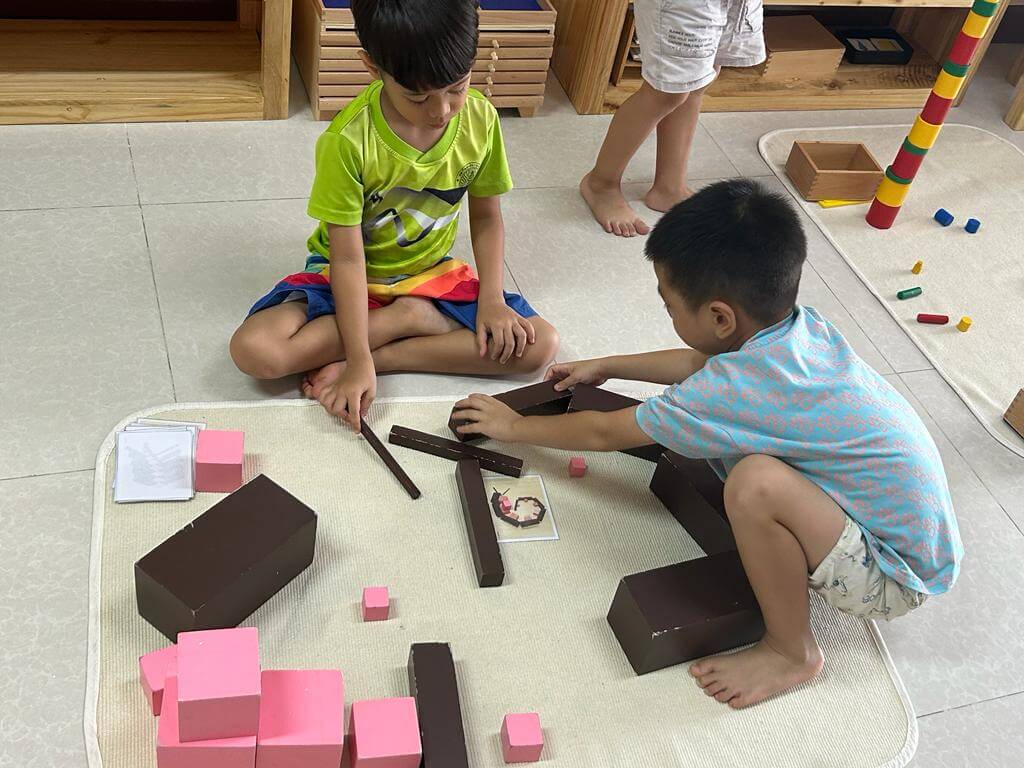
What is the “House of the Children”?
Maria Montessori coined the term “Casa dei Bambini”, i.e. “House of the Children”. Here it includes all areas for 1-6 year old children and is divided into two areas: In the “Children’s House” the 3-6 year old children move around, in the “Toddler Community” there are children from 1-3 years old.
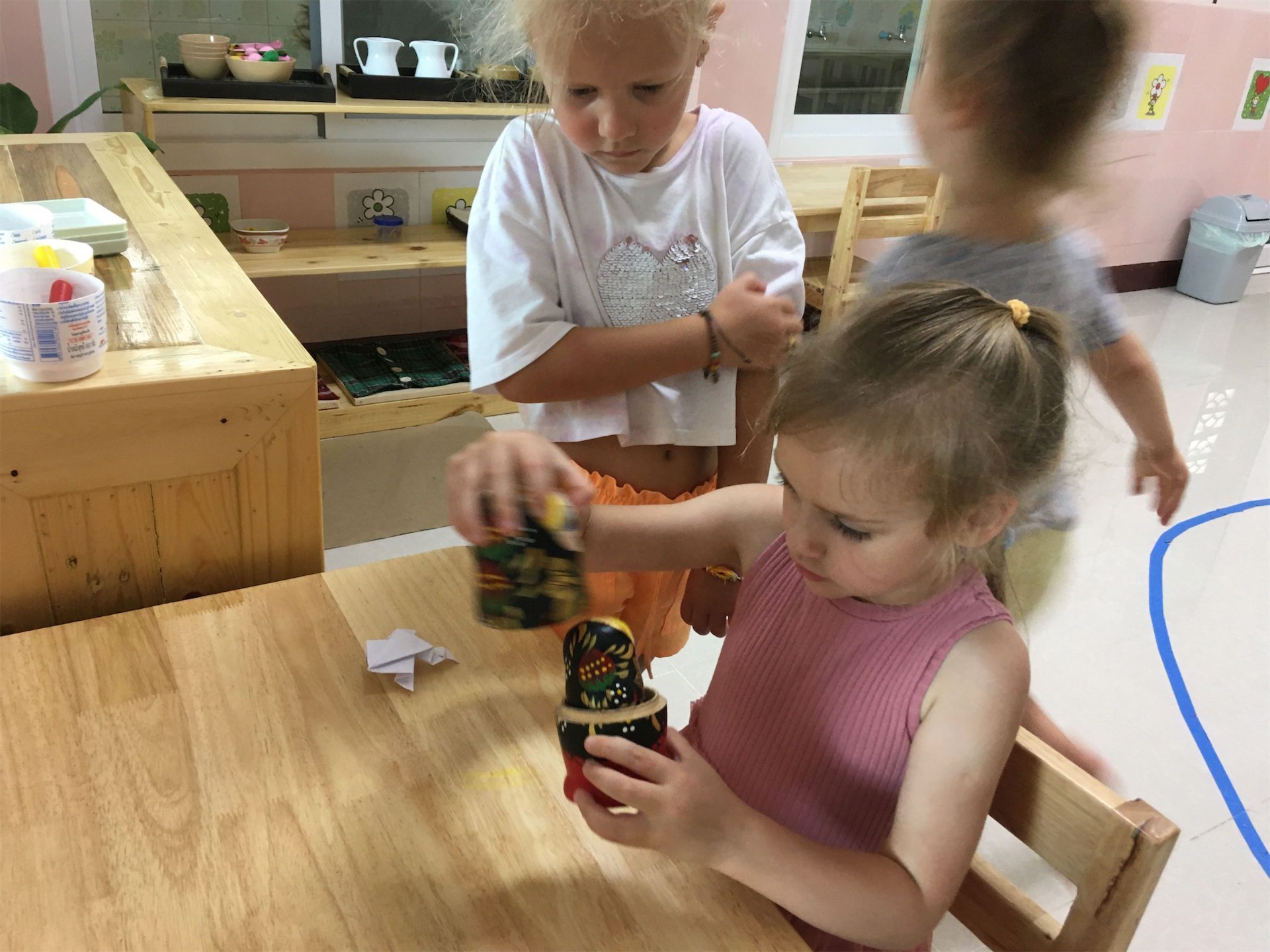
Do parents have to have knowledge of Montessori pedagogy?
We really appreciate it when parents get to grips with the basic principles of Montessori pedagogy, trustingly accompany their children on their way and thus support their development. You can gather impressions and information about the work in our institution at open house days or information meetings. In addition, there is the possibility of observing with us. A job shadowing always includes a follow-up discussion in which you can ask your questions.
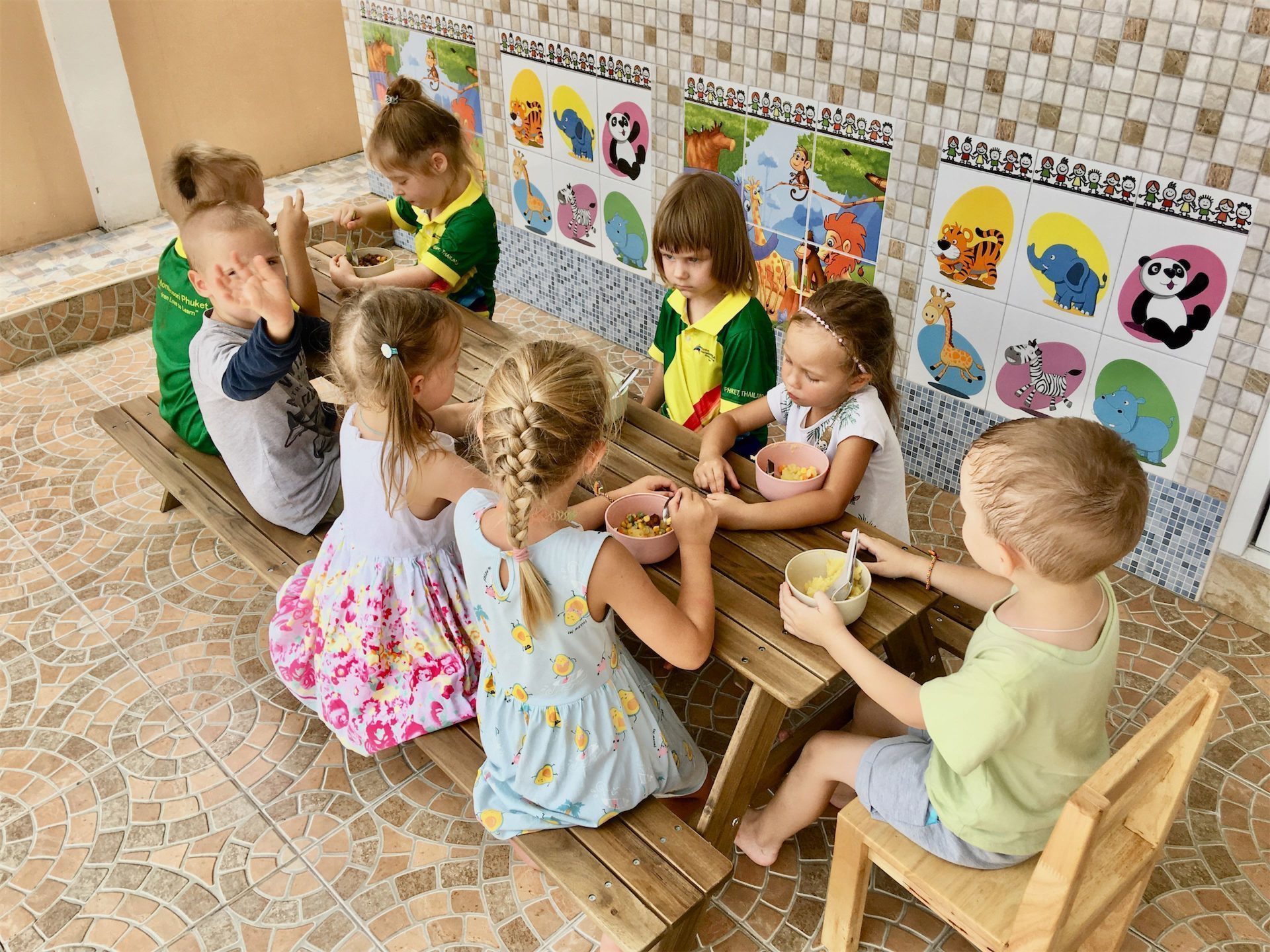
What is the Prepared Environment?
One of the main tasks of the adults in the children’s home is to create the Prepared Environment. The aim is to design the premises in such a way that the children can move around as independently as possible and cope with their everyday life. This also means that the furniture and objects that the children work with are appropriately sized. The rooms are designed in such a way that the children feel comfortable and that orientation is easy for them. The material is offered on open shelves and everything has its place. The material offered offers the child the opportunity to deal with various areas of development (e.g. exercises in everyday life, training of the senses, language, mathematics).
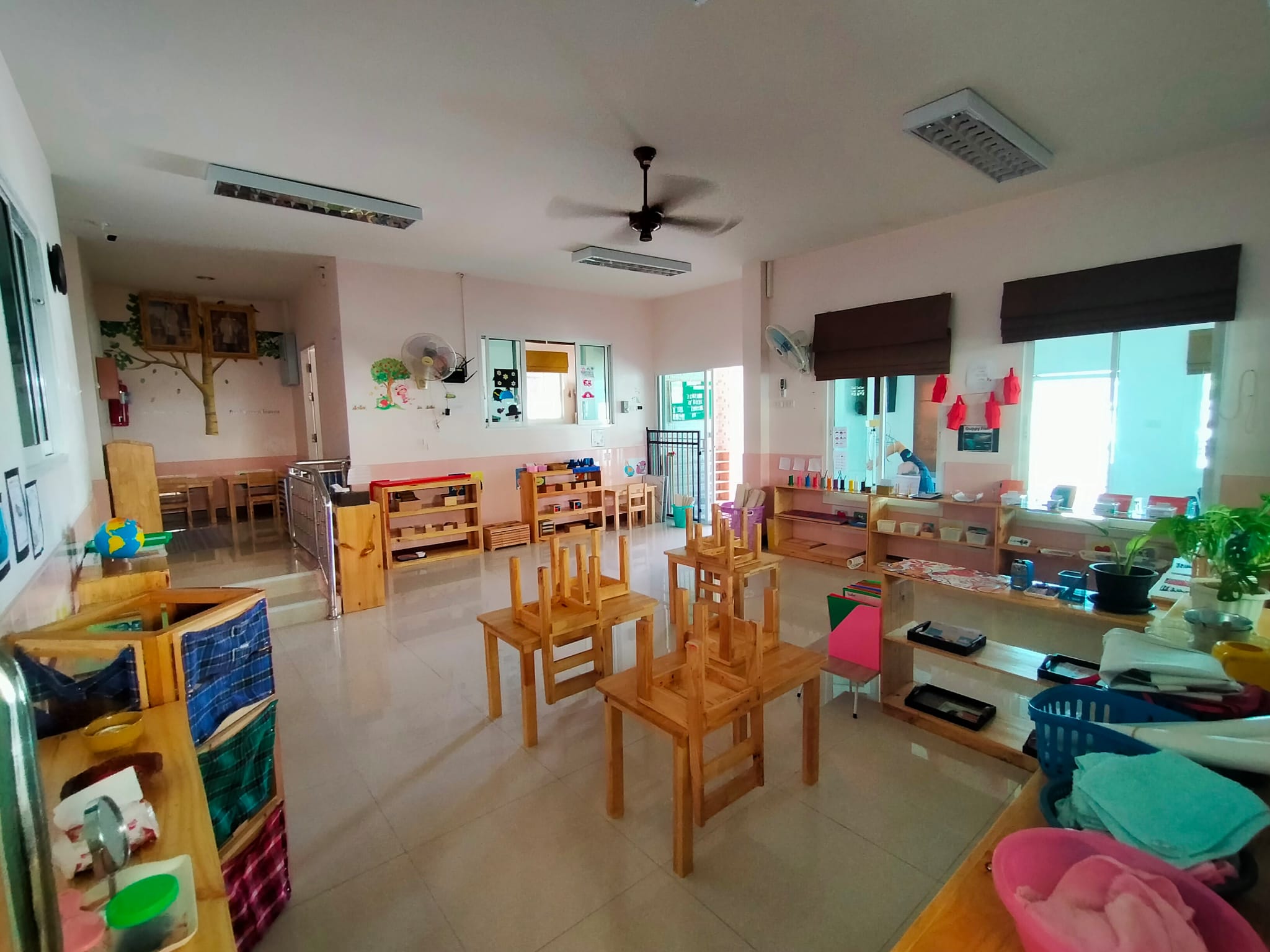
How are the rooms equipped?
All the materials that encourage the child to work independently are available in the rooms of the children’s house. The so-called “Prepared Environment” offers working materials developed primarily by Maria Montessori. They enable the children to literally “grasp” abstract learning objects. Another focus of the prepared environment is the exercises of everyday life, with the help of which the children can practice everyday activities and ultimately carry them out themselves.
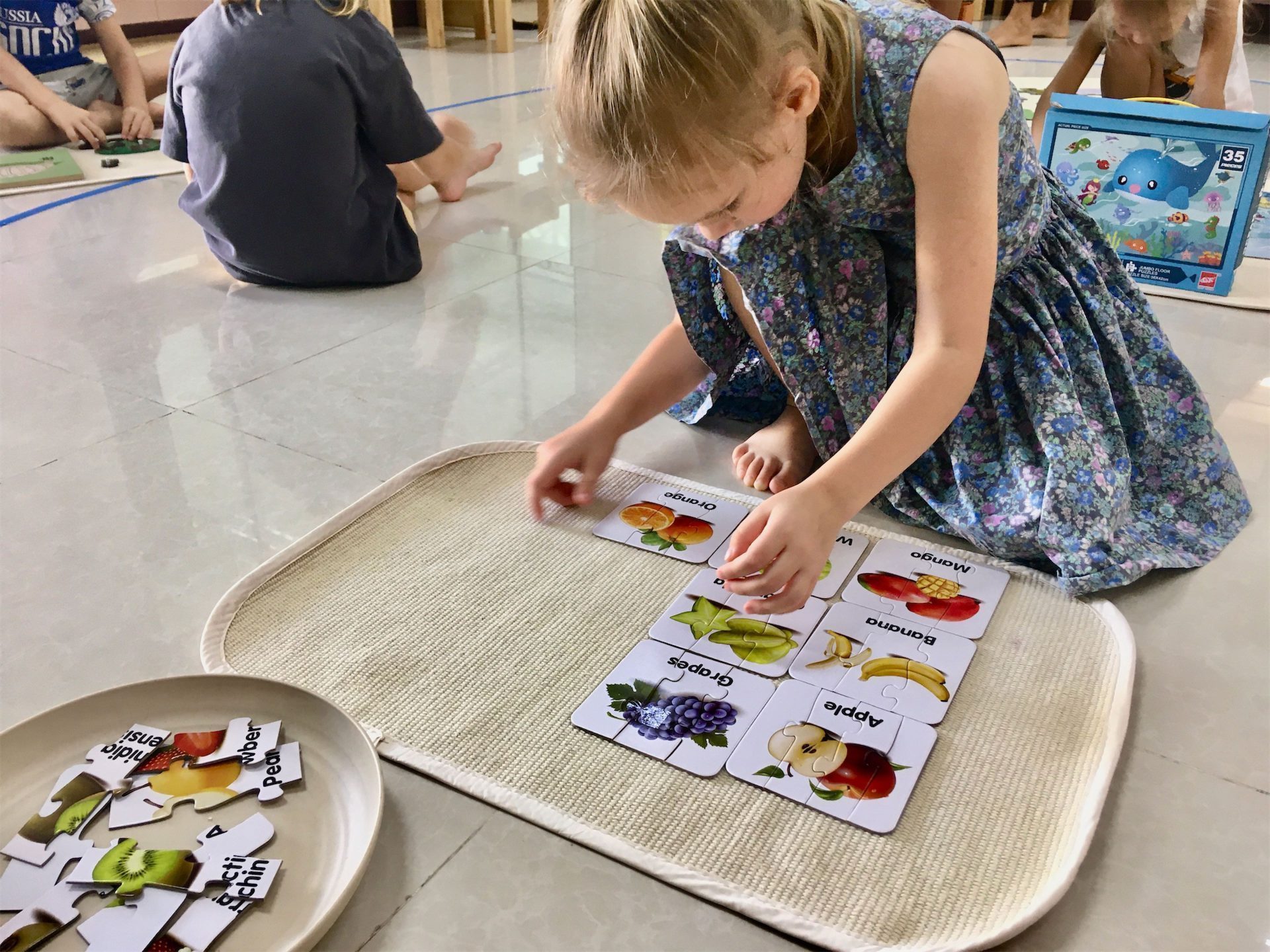
What is the “Free Work Period”?
When the children enter their group room in the morning, they start their work immediately. They are free to choose the work, the work partner and the workplace. The child also determines the time it spends on its task. Children can deal intensively with a subject. You can deepen without being interrupted. During the free work phase, the children are closely accompanied by the teachers, who observe them closely, provide assistance if necessary and carefully document them. In this way, the educators always have an overview of the tasks that have already been completed and can give the impetus for the next step at the right time. A 3-hour uninterrupted work cycle, 5 days per week, is optimal, and a 2- to 3-hour work cycle, 4 days per week, is the required minimum for Authentic Maria Montessori Education (AME) accredited schools. During the uninterrupted work cycle, one should see students engaged in developmentally appropriate work.
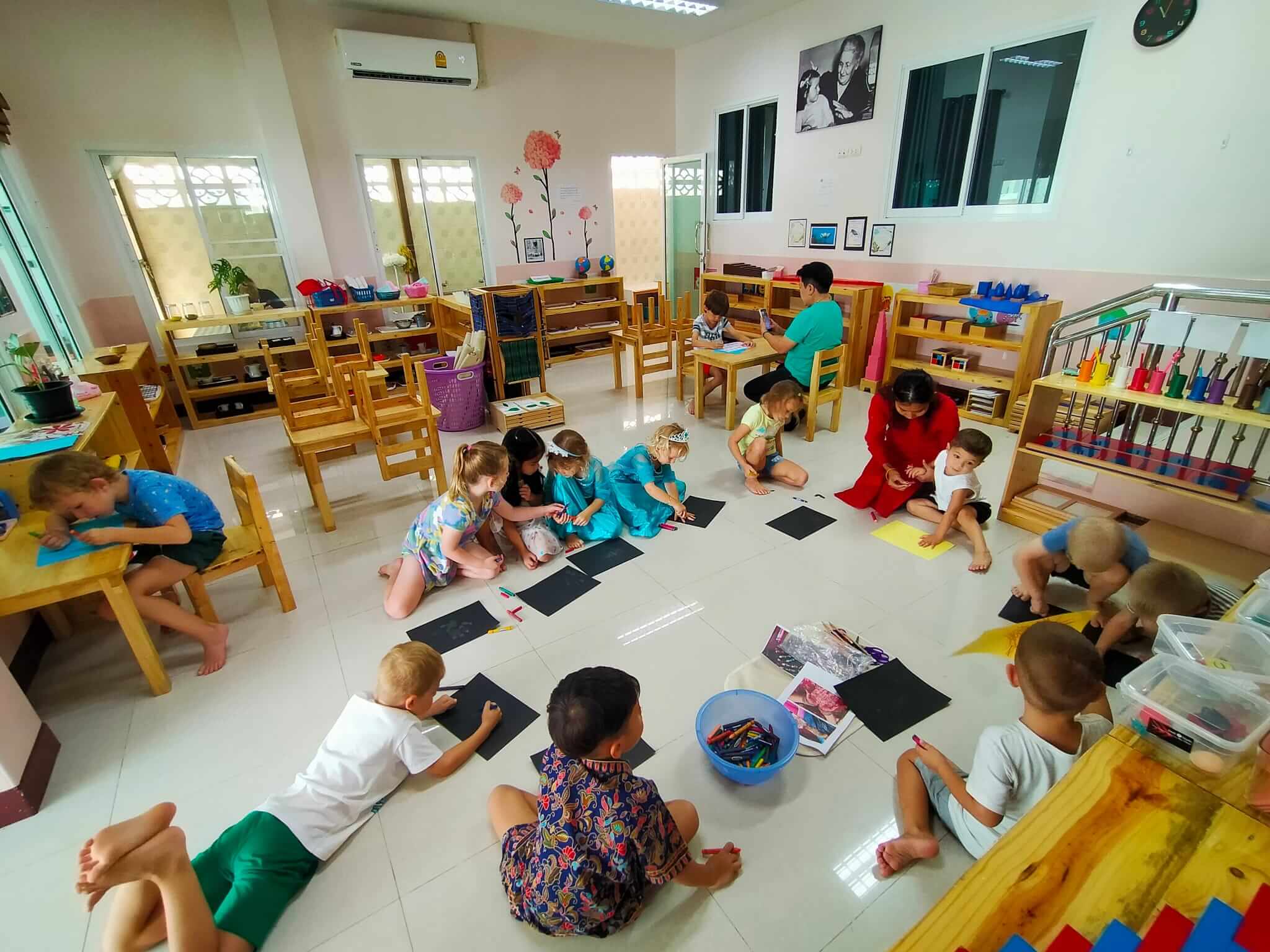
Are the children allowed to play with us or do they always have to “work”?
Maria Montessori called play the child’s work. The choice of the term “work” also expresses appreciation for the child’s activity. And anyone who has ever observed how a child immerses itself in its activity, how it devotes itself to this one activity with seriousness, matter-of-factness and joy, can understand how the term “child’s work” came about.
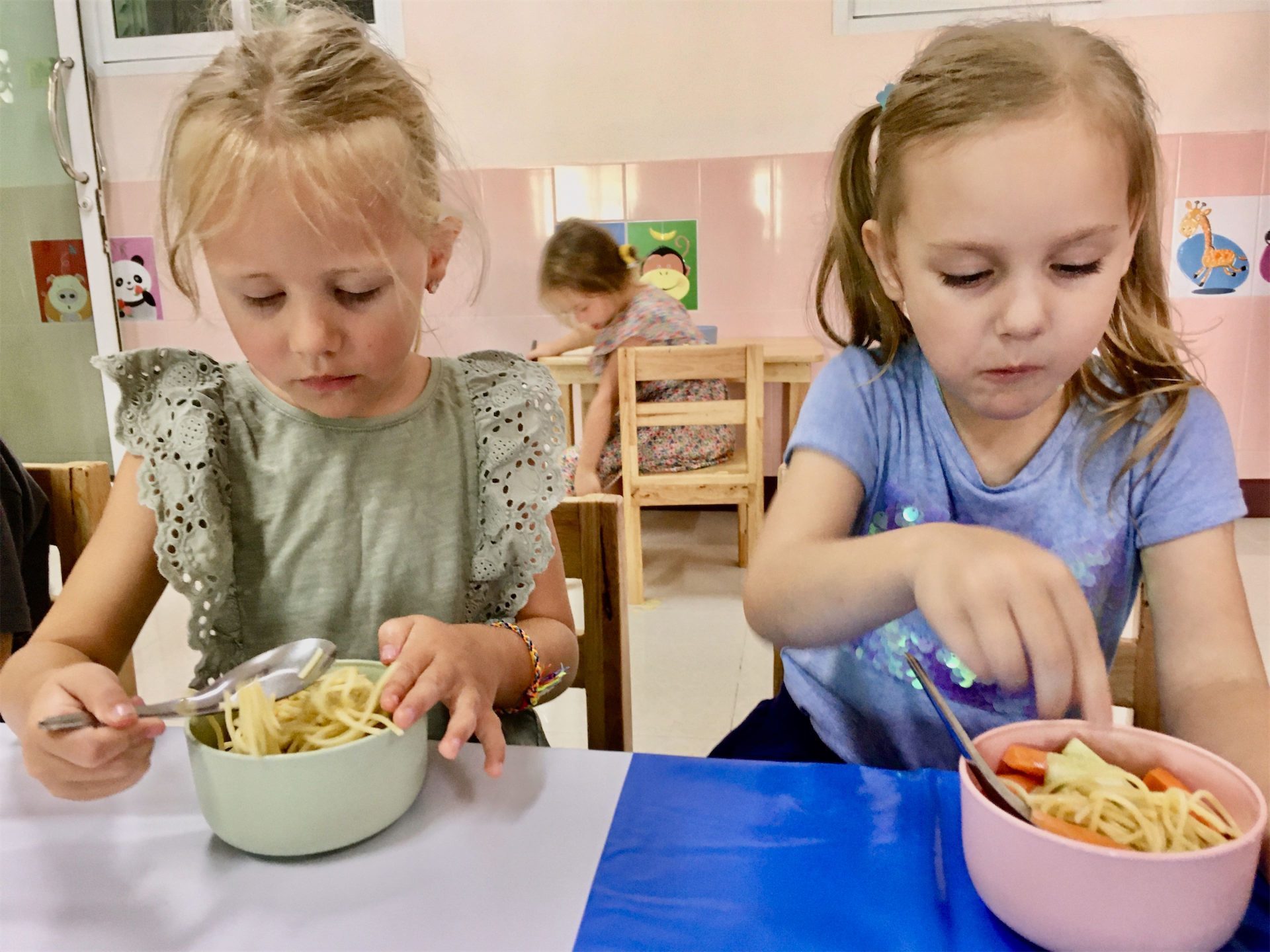
Are the children allowed to do whatever they want in the children’s house?
Maria Montessori shaped the child’s right to develop freely, and with it the necessary attitude of adults to interfere as little as possible in the child’s actions in order not to inhibit or even suppress the child’s development.
But that doesn’t mean that the children can do whatever they want here. The existing rules provide a framework in which the individual child can move as freely as possible. They also serve to protect the child from hurting themselves or others, and they grab where the child breaks things. The freedom of the individual child is thus limited by the needs of others and the group in which it moves.

Are the children allowed to play with us or do they always have to “work”?
Maria Montessori called play the child’s work. The choice of the term “work” also expresses appreciation for the child’s activity. And anyone who has ever observed how a child immerses itself in its activity, how it devotes itself to this one activity with seriousness, matter-of-factness and joy, can understand how the term “child’s work” came about.
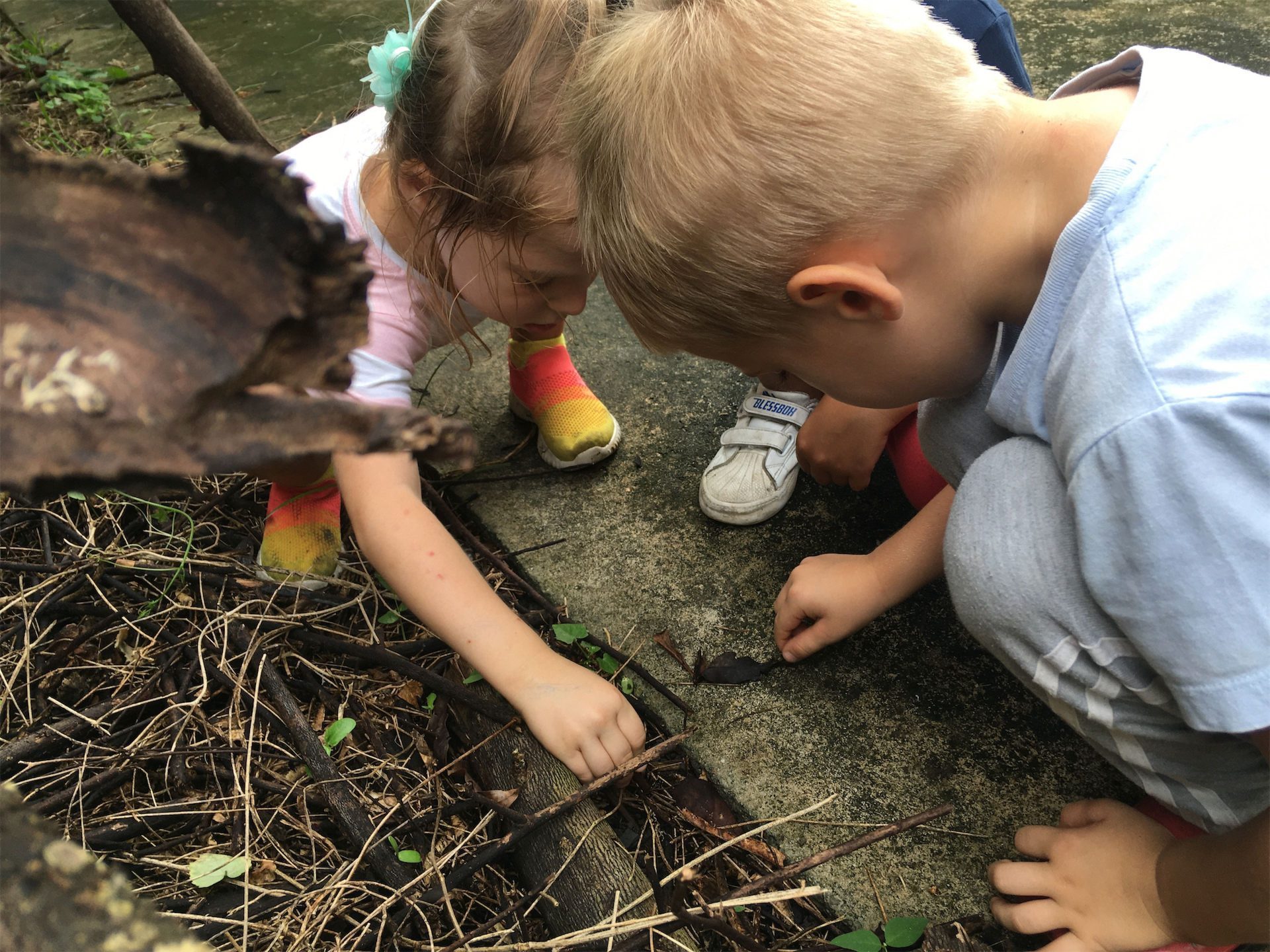
How do parents work together in the children’s home?
The parents are not an important part of the education of the child and Phuket Rainbow Montessori encourages parents to implement Montessori ideas and methods also in their own homes and life. It will provide regular parent education meetings. Besides being a responsible parent to your child(ren), parents form the sponsor of the facility, they also support our work in other ways. You have the opportunity to participate in the maintenance of the group rooms and thus make a contribution to the prepared environment. Participation in garden design is also possible. We also have a parents’ council made up of elected parents’ representatives and various working groups in which parents can get involved. (coming soon)
What We Offer
Curicculum
The Australian National Montessori Curriculum offers children five key areas of study: Practical Life, Sensorial, Mathematics, Language, and Culture. Each learning area is made up of a set of Montessori materials that each teach one key knowledge area or skill. Through repetition and practice, children develop a foundational understanding of each material and master the core competencies within each curriculum area.
Programs
Ages 1.5-3
Following the Aid to Life ideas and curriculum, we are supporting the natural development of children.
Ages 3-7
The scope and sequence of the Montessori Children’s House curriculum are embodied in the sets of materials displayed on open shelves at the children’s level in the Children’s House and in the sequence in which these materials are typically presented to the children. The resources and activities in the Children’s House are organized into four main areas:
-
the exercises of practical life
-
the exercises of the senses
-
language
-
mathematics.
Also incorporated into these areas are resources and activities that introduce children to visual arts, music, physical education, science, geography, and history.
(source: Montessori Australia)
What Maria Montessori says to Parents

